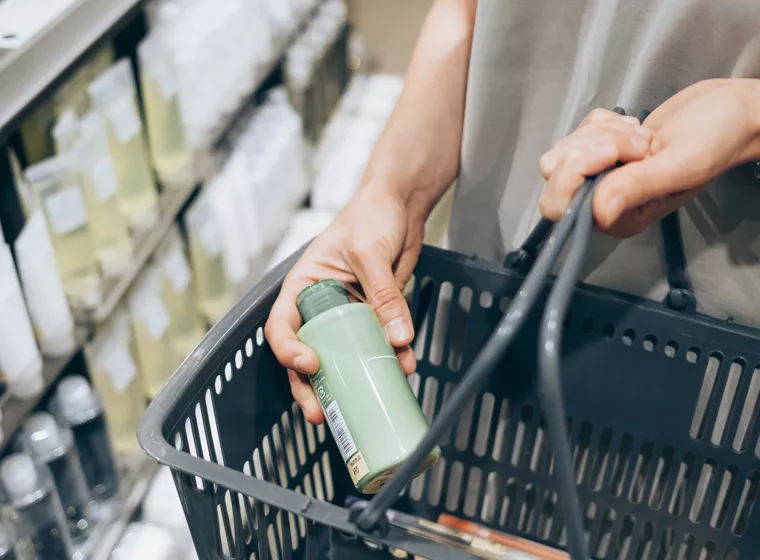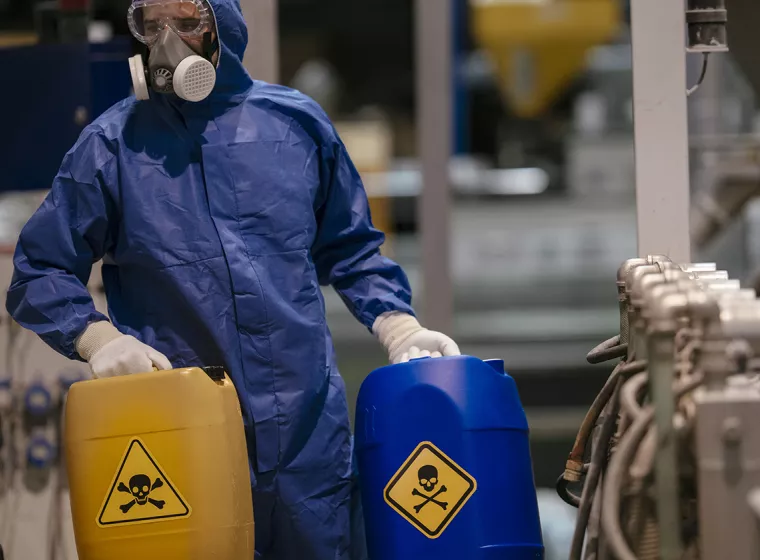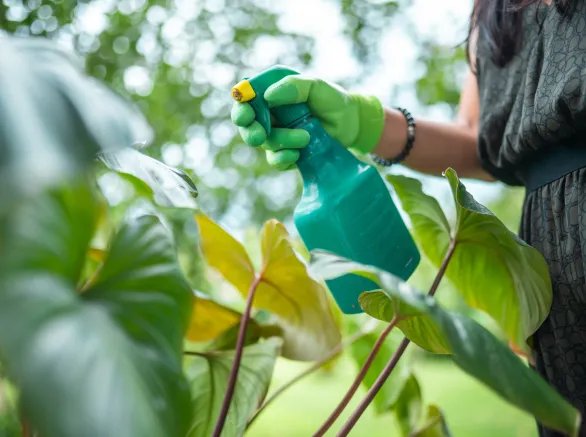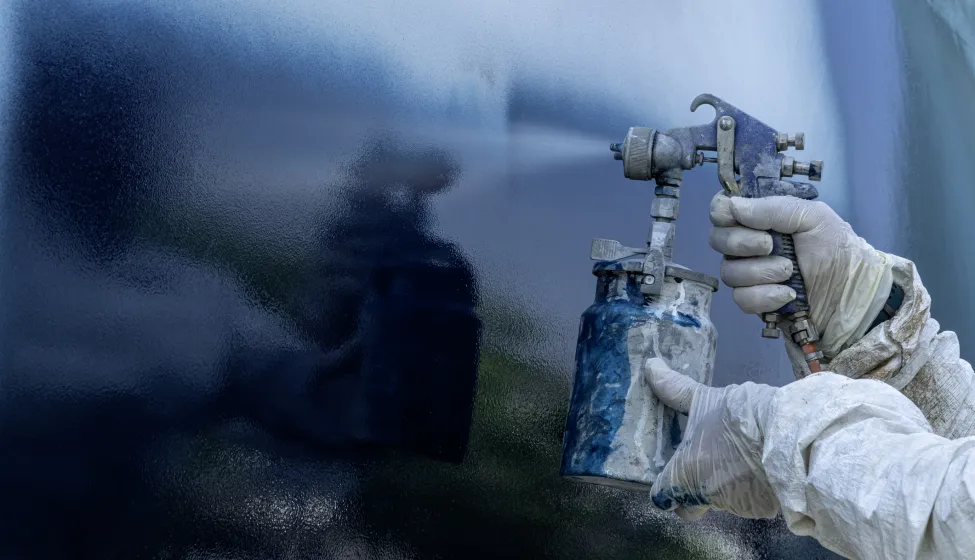October 8, 2025
The introduction of No Significant Risk Levels (NSRLs) for titanium dioxide particles of respirable sizes provides exposure thresholds for product labeling
The California Office of Environmental Health Hazard Assessment (OEHHA) has established new No Significant Risk Levels (NSRLs) for airborne, unbound titanium dioxide particles. The adopted levels are 440 µg/day for particles with diameters of 10 micrometers or less (fine) and a more stringent 44 µg/day for particles with diameters of 0.8 micrometers or less (ultra fine). These benchmarks provide guidance under Proposition 65 for determining exposure levels that do not pose a significant cancer risk.
Titanium dioxide has been on the Prop 65 list of carcinogens since 2011, which means that businesses were required to provide a warning on products containing it unless they could show that anticipated exposures would not pose a "significant risk" of cancer. Now with NSRLs in place, no Prop 65 warning will be legally required on products with exposures below 440 µg/day for fine particles or below 44 µg/day for ultrafine particles. Products with exposures exceeding the NSRLs must include "clear and reasonable" Prop 65 cancer warnings.
What do the new NSRLs mean for industry?
Titanium dioxide is widely used in paints, coatings, plastics, paper, cosmetics, food packaging, and other consumer and industrial applications. Because certain forms of the substance — specifically airborne, unbound particles of respirable size — are associated with inhalation risks, OEHHA established new exposure thresholds where previously no health-based exposure thresholds existed.
These levels are expected to have effects across multiple industries, particularly manufacturing, construction, cosmetics, and materials processing, where airborne titanium dioxide dust may be generated. There could also be overlap with ongoing litigation cases, particularly related to warnings for titanium dioxide in consumer products.
What Can We Help You Solve?
Exponent's multidisciplinary team of toxicologists, materials engineers, human factors specialists, and exposure assessors can evaluate product lines, identify high-risk products, and provide the scientific information companies need to meet regulatory requirements, communicate exposure and health risk information to consumers, and minimize the risk of litigation.

Chemical Regulatory Support
Comply with chemical regulatory standards to optimize environmental and human safety.

Consumer Products: Cosmetics & Personal Care
Personal care products consulting for registration, notification targets, and product development.

Chemical Toxicology & Health Risk Assessments
Exposure assessments, toxicity evaluations, and support for issues of toxicology and mechanistic biology.

Food Safety & Nutrition Regulatory Support
From risk assessment to product recall, Exponent scientists provide support on critical safety and regulatory challenges.

Risk Communication: Warnings & Safety Information
Safety warning development based on scientific risk evaluation and clear communication strategies.

Industrial Chemicals
Regulatory support for chemicals, solvents, polymers, antimicrobials, biocides, and more.
Insights




